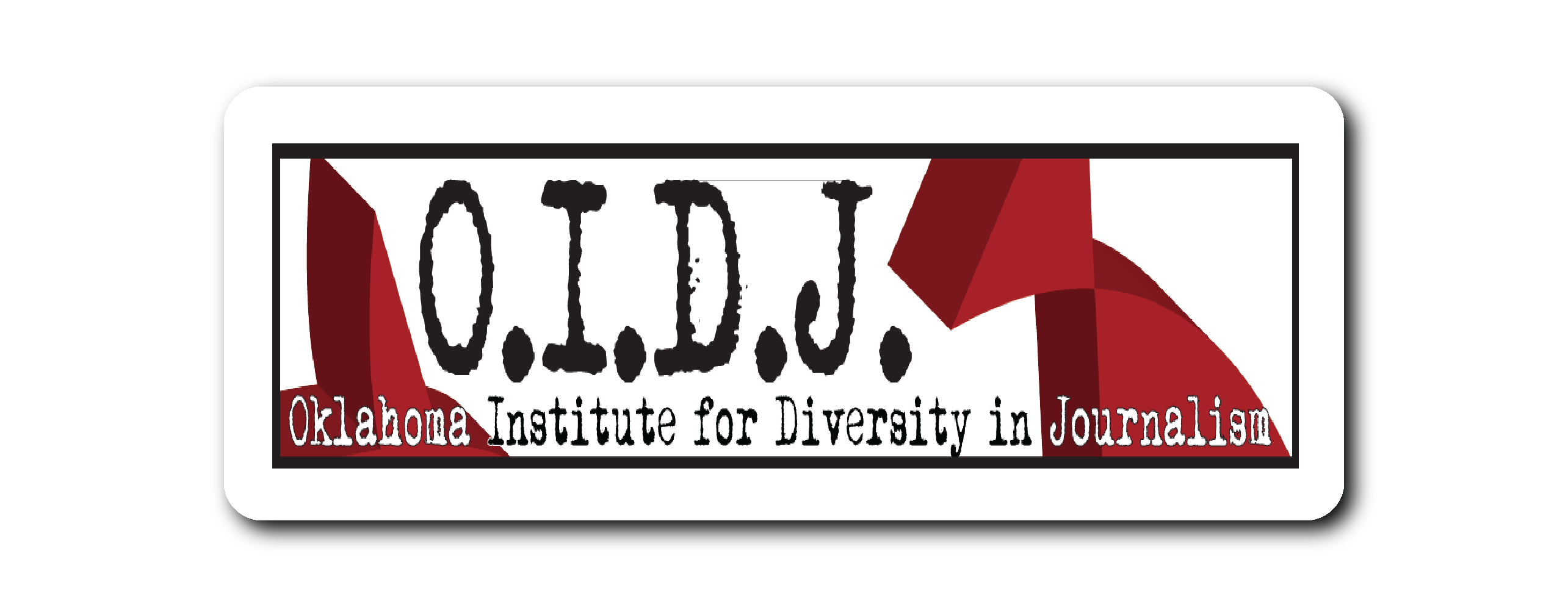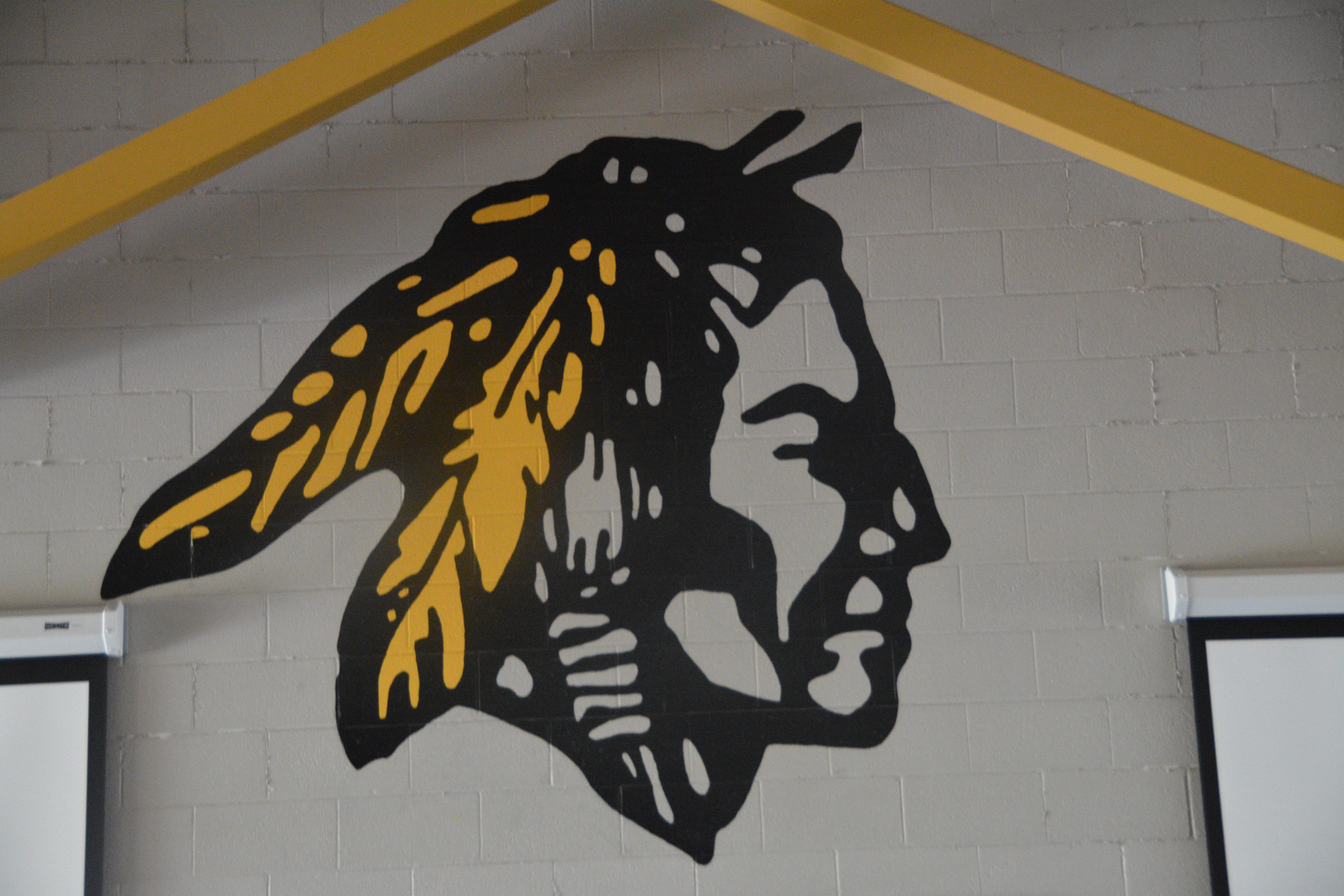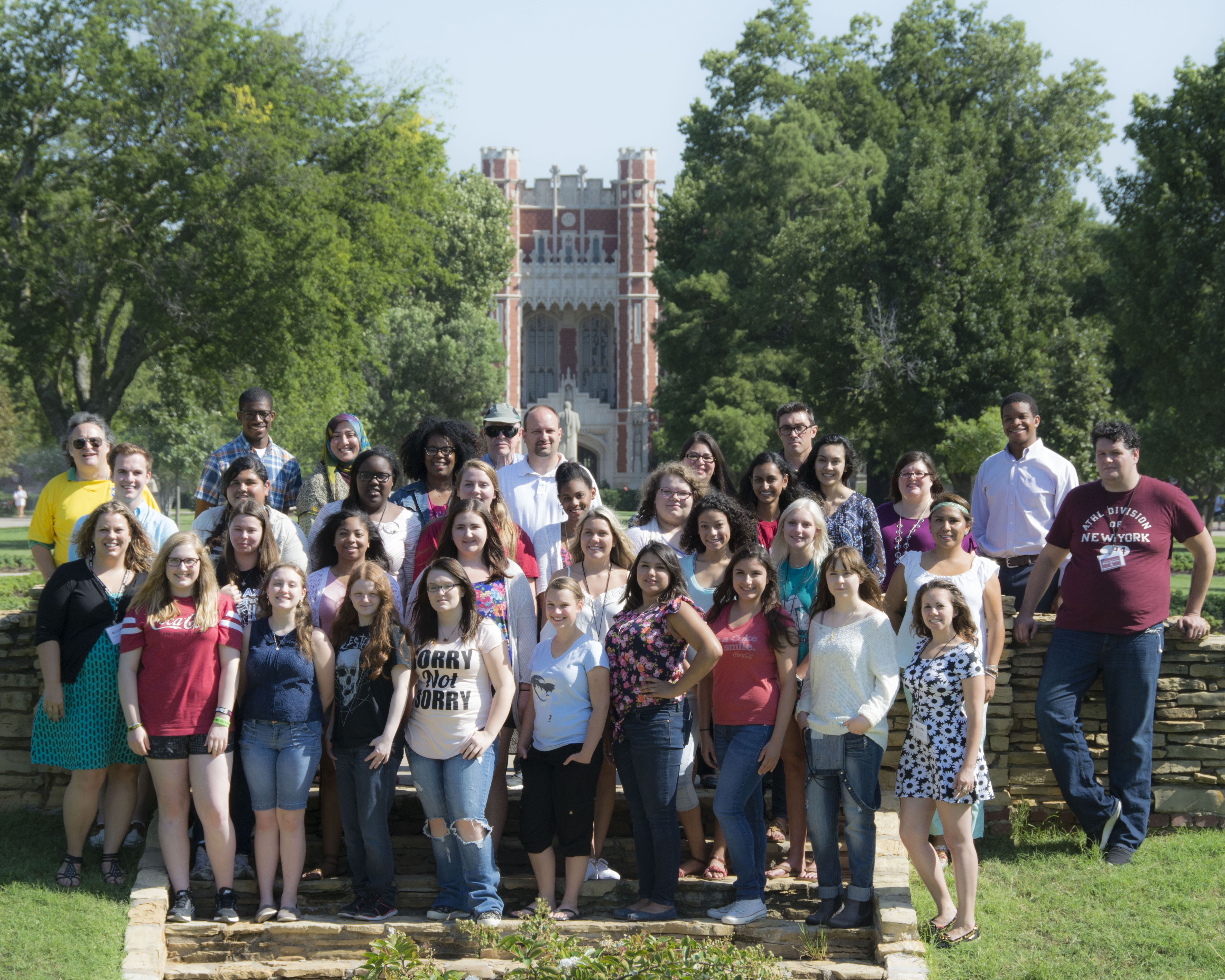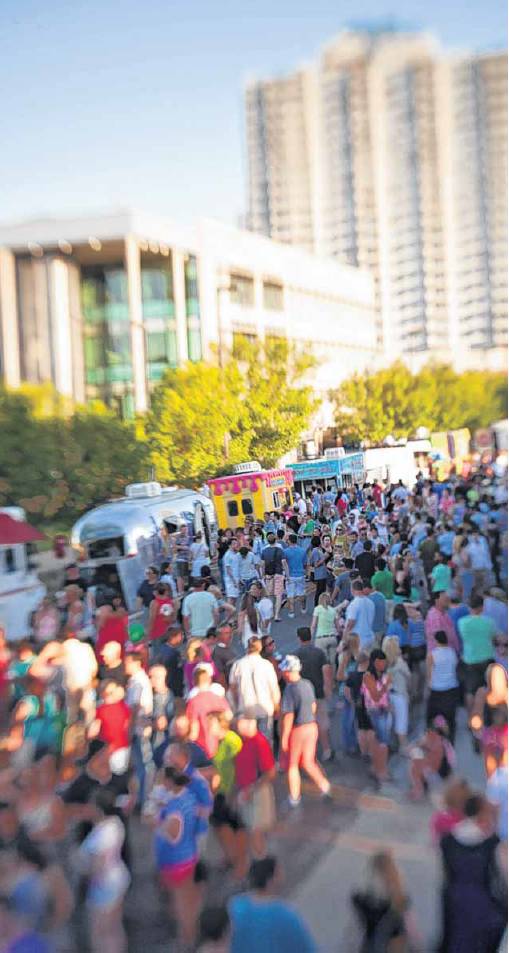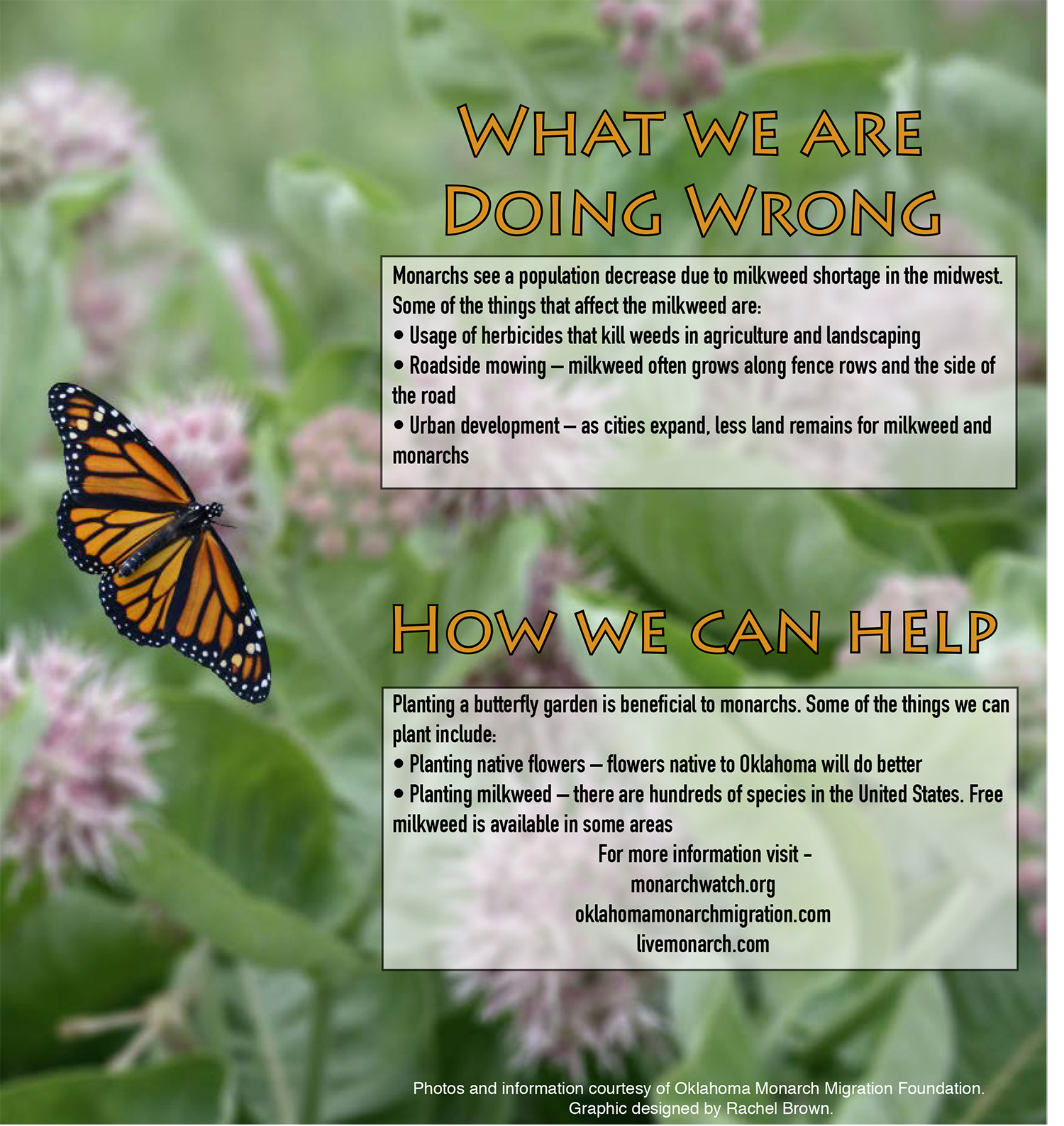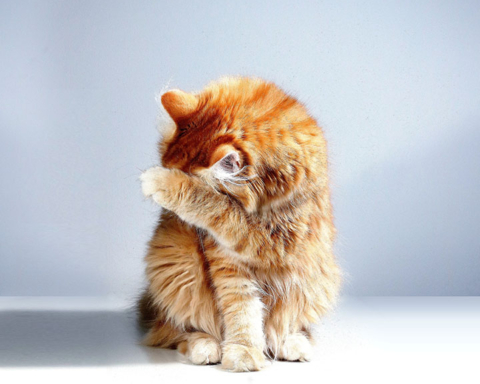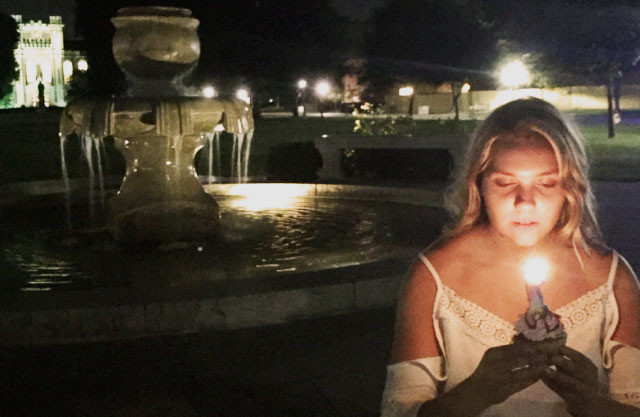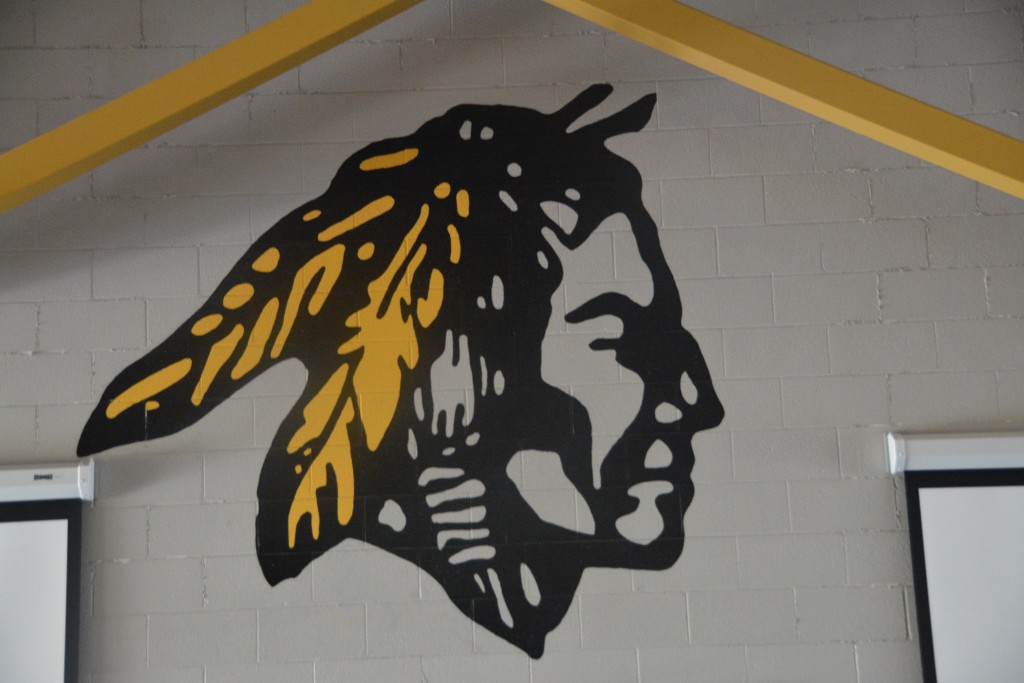
Renewed debate about Native American-themed mascots is rippling from the Capitol Hill in Washington, D.C., to the one in Oklahoma City.
Prompted in part by the legal fight to force the renaming of Washington’s National Football League team, school mascots are getting attention from the public, and questions as to whether or not schools should change those mascots are asked more frequently.
Closer to home and after weeks of controversial debate, Capitol Hill High School this spring abandoned the Redskins nickname its sports team had played under for 88 years.
“We started to notice that schools in other surrounding areas were changing their Native American mascot,” said Ron Millican, who has been an Oklahoma City Public Schools Board member for six years, explaining the district’s motive to act.
At the school board meeting where the name change was discussed, alumni, students and a few teachers protested to keep it, but the school board voted unanimously for change. Students were given three days to cast their vote between Red Wolves and Guardians; they selected Red Wolves.
Millican believes that schools will change with the times as they have in the past.
Still, change isn’t coming so easily in other parts of the state.
In Little Axe, for example, Indians has been the mascot since the district opened in the early 1960s.
“If you look at history, we were Savages, we were Warriors, Braves and so on,” Beverly Felton, School Board president, said referring to area schools.
Little Axe officials had a discussion regarding the school’s mascot, and the majority voted not to change it. Felton believes that keeping the mascot stimulates conversation about Native American culture, and makes students curious about their tribal identity.
“Not in my lifetime,” Felton said, when asked whether she would consider changing the mascot.
That kind of stance contradicts some academic views on the subject, which is a particularly sensitive one in a state with one of the nation’s highest percentages of Native Americans.
“The smaller the population, the easier it is to overlook them,” said Gloria Tallbull, a research scientist at the University of Oklahoma OU), who is Cheyenne and Arapaho. “A mascot is a marker to represent (the school), they discredit us because of this.”
Two other OU academics — Kylie Molinari, a Ph.D. student, and Rance Weryackwe, a graduate student— echoed that sentiment.
“There are specific words that tend to evoke more emotions, such as Redskins, Savages and other things like that,” Weryackwe said. “I think it’s a lack of representation that has been something that has kind of made people to evolve to accepting these things, and kind of upholding these things as being markers of identity.”
Molinari said she believes the more the subject is covered, the more perceptions may continue to change.
“I think that the media is helping, too, because we’re becoming aware of how big this issue still is,” Molinari said.
Although some people believe schools should keep the majority’s best interest in mind, Weryackwe questions that.
“If one person is hurt here, do we all stand for that one person, or do we say ‘OK, they can get over it because it’s only one person that’s hurt?’” Weryackwe asked. “People are afraid of losing their tradition. It was tradition to have slaves, it was tradition for women to not vote or go to school, or have any rights. Things change because sometimes it’s time to change.”
“If the majority population isn’t offended, that doesn’t make it right,” Molinari added.
